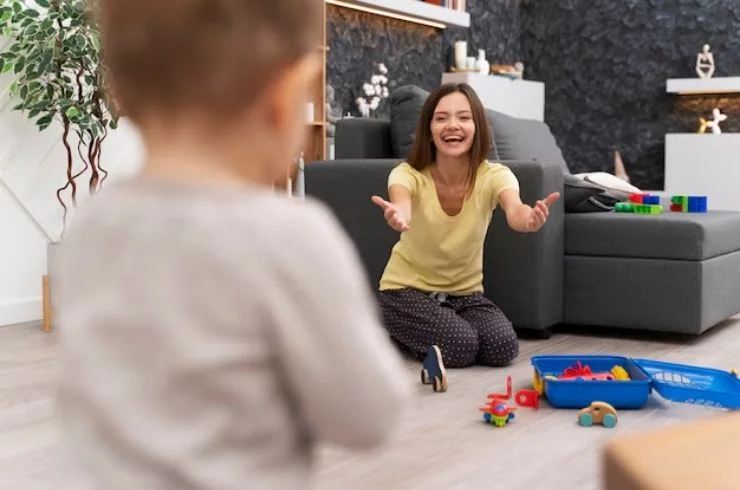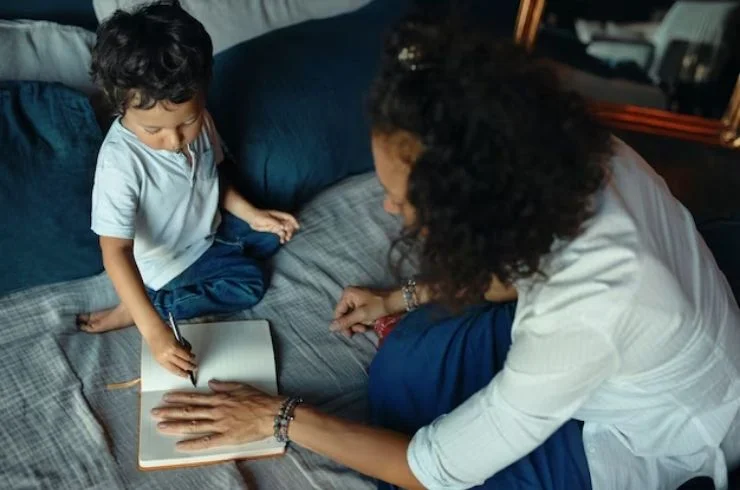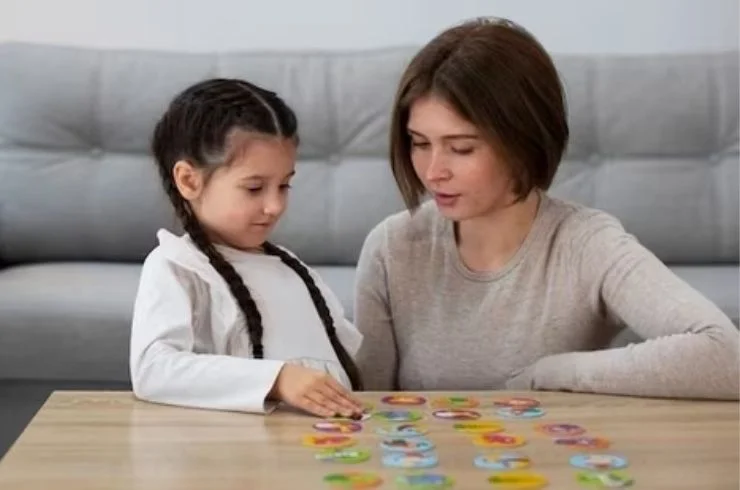


Parent-Child Interaction Therapy (PCIT)
Parent-Child Interaction Therapy (PCIT) is an evidence-based therapeutic approach designed to improve the quality of the parent-child relationship and address behavioral issues in young children. Developed in the 1970s by Dr. Sheila Eyberg, PCIT focuses on enhancing the interaction between parents and their children through structured, systematic techniques. This article provides a detailed overview of PCIT, its benefits, and how it can transform family dynamics.
What is Parent-Child Interaction Therapy (PCIT)?
Parent-Child Interaction Therapy (PCIT) is a behavioral intervention that combines principles of cognitive-behavioral therapy with real-time coaching. It is primarily used for children aged 2 to 7 years old who exhibit disruptive behaviors such as aggression, defiance, and non-compliance. The therapy aims to improve parent-child relationships and enhance the child’s social and emotional functioning by teaching parents effective behavior management techniques.
Key Components of PCIT
PCIT consists of two main phases: the Child-Directed Interaction (CDI) phase and the Parent-Directed Interaction (PDI) phase. Each phase focuses on different aspects of parent-child interactions and employs specific strategies to address behavioral issues.
Child-Directed Interaction (CDI)
In the CDI phase, parents are trained to use positive reinforcement techniques to strengthen their bond with their child. This phase emphasizes the following:
Parent-Directed Interaction (PDI)
The PDI phase focuses on improving discipline and behavior management strategies. Key elements include:
Benefits of Parent-Child Interaction Therapy
PCIT offers numerous benefits for both parents and children. Research and clinical practice have highlighted several advantages of this therapy:
Improved Parent-Child Relationship
PCIT fosters a positive and supportive relationship between parents and children. By enhancing communication and interaction skills, parents can build a stronger emotional connection with their child.
Reduction in Behavioral Problems
One of the primary goals of PCIT is to reduce disruptive behaviors in children. Studies have shown that children who participate in PCIT exhibit fewer behavioral issues, including aggression, defiance, and hyperactivity.
Enhanced Parenting Skills
Parents who undergo PCIT develop effective parenting techniques and strategies for managing their child’s behavior. This improved skill set helps parents handle challenging situations more effectively and confidently.
Increased Self-Esteem in Children
By providing positive reinforcement and support, PCIT helps children develop a positive self-image and increased self-esteem. This can lead to better social and emotional development.
Long-Term Effectiveness
Research indicates that the benefits of PCIT are long-lasting. Children who complete the therapy often show sustained improvements in behavior and parenting practices over time.
How PCIT is Delivered
PCIT is typically delivered in a structured format that includes both individual and group sessions. The therapy usually involves:
Initial Assessment
A thorough assessment is conducted to identify the child’s specific behavioral issues and the family’s needs. This helps tailor the therapy to address individual challenges effectively.
Therapy Sessions
PCIT sessions are held with both parents and children present. The therapist provides real-time coaching and feedback to parents as they practice new techniques with their child.
Homework Assignments
Parents are given homework assignments to practice the skills learned during therapy sessions. These assignments help reinforce techniques and promote consistent application at home.
Ongoing Evaluation
Regular evaluations are conducted to monitor progress and make necessary adjustments to the therapy plan. This ensures that the therapy remains effective and relevant to the family’s needs.
Who Can Benefit from PCIT?
PCIT is beneficial for families dealing with a range of behavioral issues, including:
Finding a PCIT Therapist
To find a qualified PCIT therapist, consider the following steps: